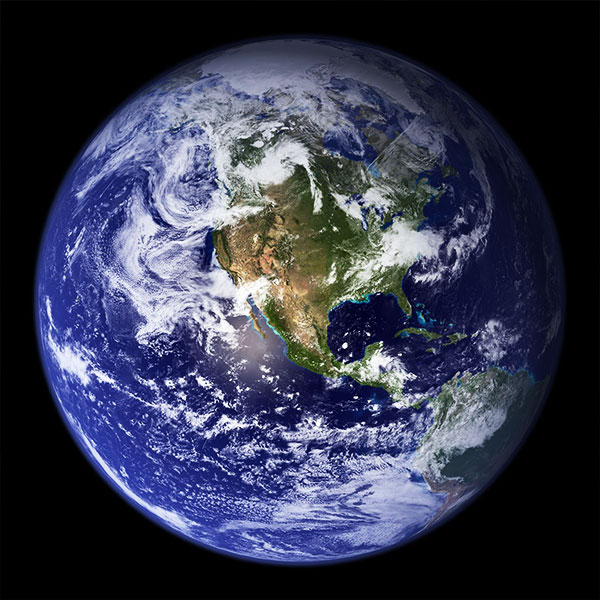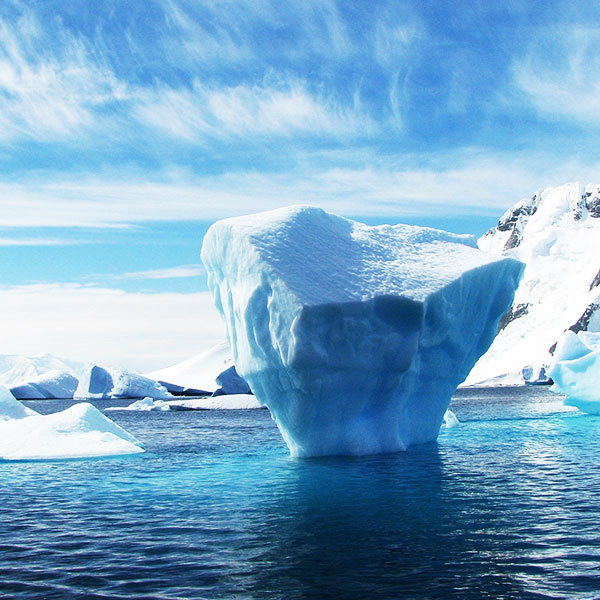Mass extinctions are common in Earth’s history. There have been 5 recognised mass extinctions over the last half a billion years however there were other extinction events which are worth noting. Extinctions beget speciation, the two go hand in hand.
Mass extinctions happen because there is a sudden change in the environment in which organisms live, and there is not enough time for them to successfully adapt to the changes. The changes could be atmospheric, rise in oxygen or carbon dioxide levels due to volcanic activity or asteroid impacts. Or like we’ll see in the first event, organisms themselves releasing oxygen into the atmosphere and changing the balance. There could be changes such as a group of organisms evolving a new survival mechanism and the other organisms cannot adapt quickly enough to protect themselves. Extinctions make way for new species to evolve and adapt.
Background extinction rates is the natural rate of extinction before human activity. It varies for different species. For mammals there are different estimated rates. Some estimate 1 mammal species goes extinct every century, some say every 2 centuries, some estimate every 1000 years. Either way its not a lot given there are over 5000 species of mammals. However human activity is increasing that rate by 100 times or even 1000.
Check out my blog on the Geological Time Scale to put these extinction events into time context.
Great Oxidation Event – 2.4 to 2 billion years ago

At this time in Earth’s history, during the Paleoproterozoic era, the atmosphere was made up mainly of carbon dioxide and nitrogen. Cyanobacteria (single cell organisms) were the first photosynthesising organisms that evolved. The by-product of photosynthesis is free oxygen. Free oxygen is actually quite reactive. As they released oxygen into the atmosphere, a lot of it was absorbed by the iron in the ocean, which reacted and rusted, leading to the banded iron formations that can be found across the Earth.
However, there was only so much iron to react with and oxygen began to pollute the anaerobic atmosphere. The majority of organisms around at that time were anaerobic, so oxygen was poisonous to them. There was an extinction event which led to most of these organisms dying while the photosynthesising organisms thrived. The anaerobic organisms couldn’t adapt themselves fast enough to the changes in the atmosphere.
End-Ediacaran Extinction – 550 million years ago

This extinction event occurred at the end of the Ediacaran period and brought an end to the third eon of Earth’s history, the Proterozoic eon. This event leads into the fourth and current eon, the Phanerozoic. The first period of this eon is the Cambrian.
Organisms up till now in Earth’s history were soft bodied and absorbed nutrients through their bodies. There is evidence to suggest a worm like organism evolved to eat other organisms rather than just to absorb nutrients through its soft body. It could also bury into the sea floor creating new behaviour patterns. With the organisms that evolved into the Cambrian period, they began to form hard shell bodies for protection, assumingly from organisms that developed the ability to eat one another. As these organisms evolved further into one’s that eat one another, it caused an extinction event of the soft bodied organisms that absorb nutrients through their bodies; they just became food. They couldn’t adapt fast enough to protect themselves as prey. The predator was born.
The burrowing behaviour of these worms and other organisms helped some soft bodied organisms to survive this event. However new body plans did evolve with exo skeletons during the Cambrian, and wiped out the major soft bodied organism of the third eon.
Ordovician Event – 444 million years ago

We come to the first of the Big Five mass extinction events. The Ordivician period comes after the Cambrian period, dating 485 to 443 million years ago. This event happened at the end of this period, leading into the next period, the Silurian.
This event was caused by a temperature drop, causing a short ice age of around a million years. This would have increased the glaciers, locking up water and dropping sea levels. This lead to habitat loss in the ocean. When it ended, sea levels rose quickly which caused more disruption. This caused 85% of species in the sea to die out. It was after this period that pollen and insects began to migrate onto land. The organisms in the sea just couldn’t handle these abrupt changes to their environment.
After the migration of plants onto land, they grew into the first trees and forests. However this would have caused another change in the atmosphere and they altered the carbon cycle. The trees could just grow across the empty land, with no predators on land to eat them, their roots grew into the soil and caused erosion.
Late Devonian Event – 359 million years ago

The Devonian period comes after the Silurian, dating 419 to 358 million years ago. This is the second of the Big Five. It came in several events over a span of millions of years.
During this event, 75% of marine species became extinct. This event was caused by a reduction of oxygen in the ocean. The cause of this reduction isn’t confirmed. It could be because of those land plants and trees, growing across the land and changing the carbon cycle. Other theories include global cooling or oceanic volcanism.
This mass extinction caused a huge loss in biodiversity. The ‘families’ of marine animals that died out was close to 20%. Families can be divided into sub families, then genus, then species. Losing such a large number of families, means a huge number of species would have been lost.
The Great Dying – Permian – 252 million years ago

This was the greatest extinction event ever to occur, wiping out up to 96% of all life on Earth. The event itself lasted less than 500,000 years and had many causes. Greenhouse effect was potent, temperatures rising and dropping. Its theorised that a super volcano erupted, located in modern day Siberia. Huge quantities of carbon dioxide and methane were pumped into the atmosphere causing temperatures to rise and the oceans to become acidic. Oxygen levels dropped from around 30% to 10%.
Organisms that buried into the ground would become more prominent. For 5 million years after this event, the climate and atmosphere continued to fluctuate dramatically causing more deaths. During this 5 million years, there was a coal gap which means no forests, and a coral gap which is lack of reefs in the ocean. It took a total of 100 million years to fully recover.
Trilobites survived for several million years however they didn’t survive this extinction. Lystrosaurus survived this extinction, a tetrapod, who became the ancestor of dinosaurs and mammals including humans.
Triassic – 200 million years ago

This extinction event happened in several stages. The triassic time was very stressed. Half of all species became extinct. Dinosaurs made it through this one and evolved to dominate the planet. Again there are a few causes. One theory is the breaking up of the super continent Pangea, leading to increased volcanism and increased greenhouse effects. Oxygen levels stayed low. The dinosaurs developed efficient breathing which they passed onto birds.
Cretaceous – 66 million years ago

The last of the Big Five. This was the biggest asteroid impact in the last half billion years, perhaps as much as a trillion tonnes of rock crashed into the Earth. This caused ripple effects around the globe. Volcanism increased causing spikes in greenhouse gas emissions. This affected the base of the food chain, due to the dust cloud it created. It affected plants which then affected the rest of the food chain.
It caused the non-avian dinosaurs to die out as well as many other groups. Mammals however thrived after this and in turn primates.
Paleocene Eocene Thermal Maximum – 55 million years ago

This was a short warming event, atmospheric temperatures rose by 5-8 degrees Celsius which caused a deep ocean mass extinction. There was a massive release of carbon into the atmosphere, the source is unknown. This was fast on a geological scale but slow compared to today. The oceans absorb carbon which is bad for marine life, if there’s too much carbon.
Recent Extinctions

50,000 – 40,000 years ago – mega fauna went extinct in Australia
10,000 – 7,000 years ago – mammoths went extinct due to human activity and climate change
1300 – 1445 – the Moa and Haasts Eagle went extinct in New Zealand due to hunting. It took less than 100 years.
1690 – the Dodo bird went extinct in Mauritius due to introduction of new species into their habitat, hunting and deforestation.
1900s – the passenger pigeons were hunted to extinction
This is only a snapshot of recent extinctions. It is estimated that human activity is driving up to a million species of plants and animals to extinction, which is just devastating. As we grow in population, destroy habitats and pump greenhouse gases into the atmosphere, we can see by looking back, what changes to the environment can do to life on this planet.
But we have seen that life will return albeit after 10 milliom years or so after a minor mass extinction. I doubt we’ll be around for that long, the planet will recover in the long term. It recovered after the Great Dying, so it can recover again. After we’re gone.






Itís hard to come by educated people about this topic, however, you seem like you know what youíre talking about! Thanks